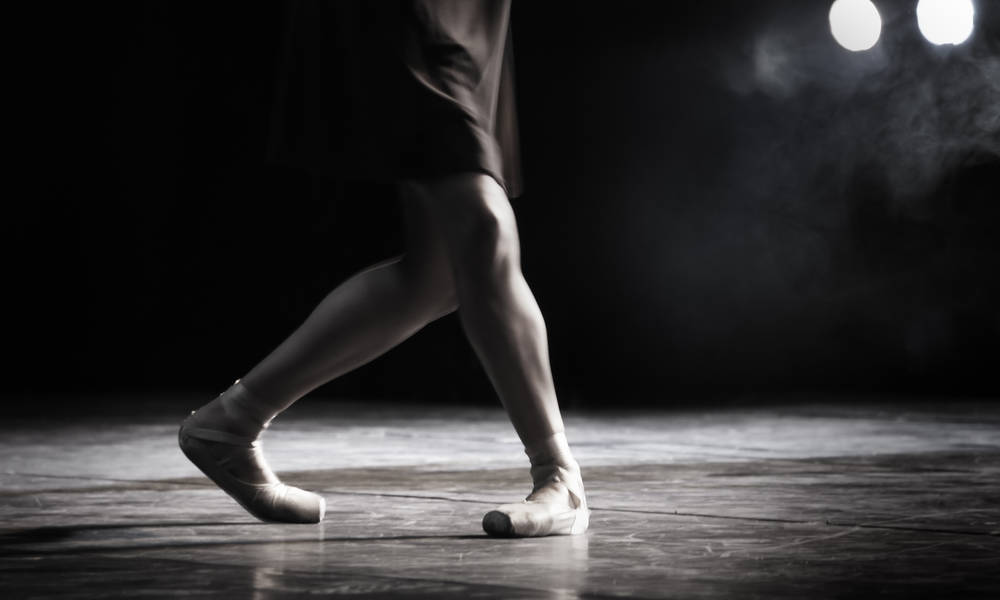
Why the Alzheimer’s Association Teamed With a Modern Dance Troupe
The Indiana chapter of the organization recently collaborated with Indianapolis’ Dance Kaleidoscope to help early-stage Alzheimer’s patients share their stories with an audience.
Sometimes a collaboration sounds offbeat but can turn out to be a powerful thing for everyone involved.
That appears to be the takeaway from a recent collaboration between the Indiana chapter of the Alzheimer’s Association and the Indianapolis-based Dance Kaleidoscope, a contemporary dance group that has been working on routines with local community groups as part of a series it calls Turning Points.
Their most recent event may have been the most fascinating. In a performance last week, Dance Kaleidoscope presented a collection of dances interpreting the stories of Alzheimer’s patients served by the association’s early-stage programs.
The initiative was proposed by Dance Kaleidoscope Education Director Lynn Webster, who saw an opportunity to work with the Alzheimer’s Association after observing that the group brought early-stage patients to the Indianapolis Museum of Art, now known as Newfields.
“Music and movement has such a close connection with memory,” she told the Indianapolis Star. “It was just such a natural fit.”
The association jumped at the opportunity. “Our folks are keen to share their stories, but as they have memory loss, it becomes more important for them to feel they’re validated and heard,” Maria Holmes, who serves as the group’s care consultant and early-stage program coordinator, told the news outlet Nuvo. “In some ways, it becomes really important to them to get their ideas, thoughts, and stories down on paper, but then to have it interpreted into dance is just completely unique.”
The collaboration, made possible through a grant to the dance group from the Glick Fund, also provided an opportunity for patients and their families, who saw a positive creative outlet for their loved ones.
Mary Tarbell, who was diagnosed with early-stage Alzheimer’s 15 months ago, worked directly with dancer Stuart Coleman on his routine. Coleman, struck by the way Tarbell spoke about the disease, used a bench in his dance to speak to her support system.
“Just because you’re going through this awful disease, you don’t have to do it alone,” he said to the Star.
“I just thought it sounded really, really neat,” Tarbell said of the project. “It’s something that’s a little bit different. It’s something that isn’t laden with gloom and doom.”
(tunart/Vetta/Getty Images Plus)






Comments